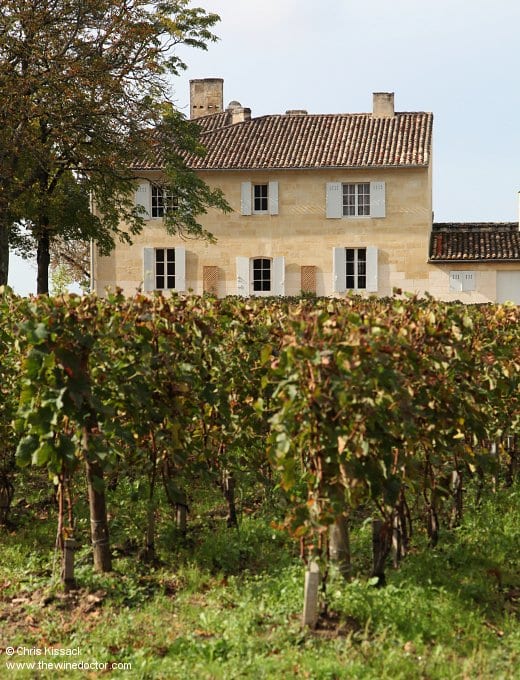Clos Fourtet
The history of Clos Fourtet extends back as far as the Middle Ages, when a defensive settlement, built to protect the town of St Emilion, was located on this spot at the top of the town of St Emilion. It seems plausible that some sort of fortified camp had existed here for many centuries, some would suggest back to the Roman era, although I think the evidence for that is rather sparse. Regardless of exactly when it sprung up, however, it is clear that this was a military camp long before it was a vineyard. This was made obvious by the name, as during the 17th, 18th and 19th centuries this property was known not as Clos Fourtet but as Campfourtet (many authors refer to it as Camfourtet, but if you go back to contemporaneous sources, such as the very earliest edition of Cocks et Féret, it was certainly Campfourtet).
It was probably only during the 17th century, after peace had descended on the land and there was simply no need for a defensive camp here any more, that the first vines were planted. At this time the estate appears to have been in the hands of the Rulleau (or occasionally Ruleau – the spelling varies according to the source) family. Indeed, writing of the Rulleau family and Clos Fourtet, Professor Henri Enjalbert (1910 – 1983) has credited them with bringing the vineyard into existence, although again I am not sure this is much more than convenient historical supposition.

